Top 10 Most Beautiful Hotels in the World: 2025 Rankings
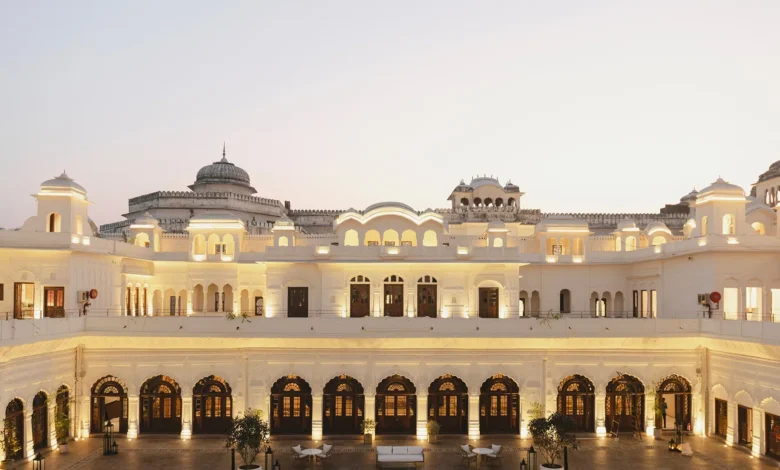
The hospitality industry has reached remarkable new heights in 2025, showcasing extraordinary hotels that redefine the meaning of luxury across the globe.
Based on the prestigious Prix Versailles 2025 rankings, these ten properties represent the pinnacle of architectural excellence, design innovation, and experiential hospitality.
The 2025 winners highlight a rich tapestry of global hospitality, stretching from Dubai’s futuristic waterfront to the timeless grandeur of Rome, from the Valley of the Kings in Luxor to the historic elegance of Mayfair in London.
These hotels are not only places of rest but also architectural landmarks that embody the essence of their locations. An international jury of architects, designers, and experts evaluated each property, considering both visual brilliance and functional design while emphasising cultural integration and sustainability.
10 Most Beautiful Hotels in the World
1. Jumeirah Marsa Al Arab – Dubai, UAE
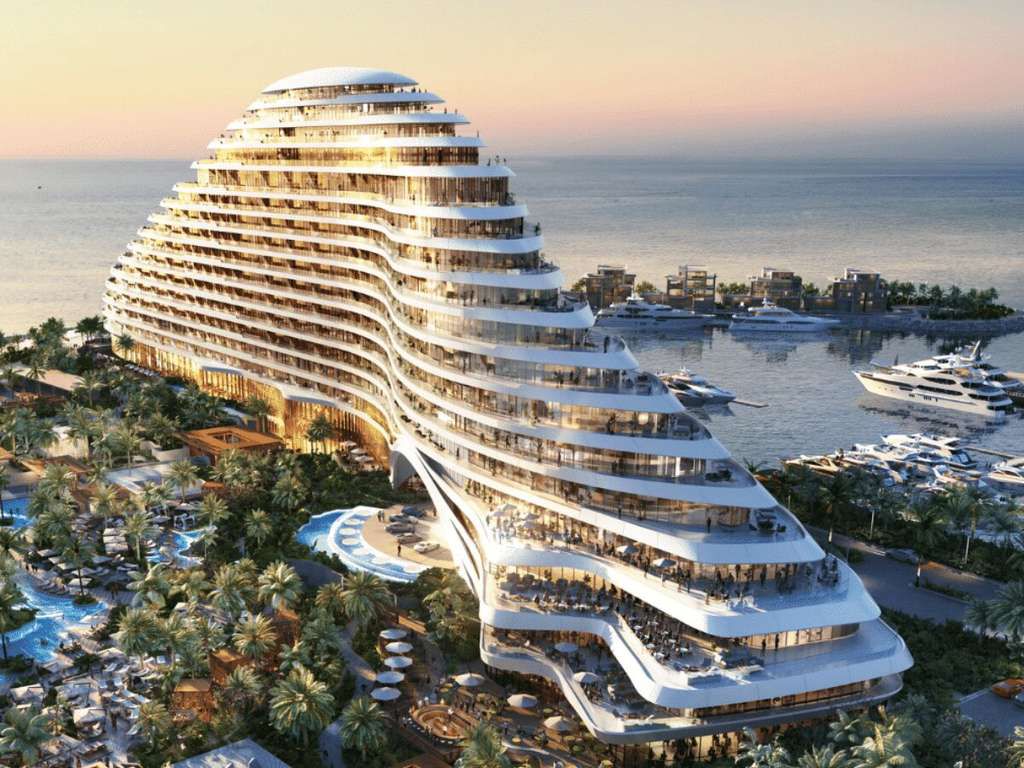
Jumeirah Marsa Al Arab — Photo by Jumeirah
Jumeirah Marsa Al Arab dominates Dubai’s coastline with its sail-inspired silhouette, symbolising the city’s vision of futuristic luxury. The hotel’s exterior seamlessly merges traditional Arabian motifs with modern design, producing shimmering facades that capture the desert light. Inside, soaring atriums, cascading water features, and indoor tropical gardens create a striking contrast to the arid environment.
Suites feature panoramic views of the Persian Gulf and skyline, blending Middle Eastern elegance with contemporary luxury. Dining concepts range from underwater restaurants to rooftop terraces. Infinity pools merge visually with the ocean horizon, while wellness areas draw inspiration from hammam traditions reimagined for modern guests.
ALSO READ: Top 10 Cleanest Countries in the World: Latest Rankings
2. Mandarin Oriental Qianmen – Beijing, China
Photo: Mandarin Oriental Qianmen
Set in Beijing’s historic Qianmen district, this property respects traditional Chinese architecture while offering modern sophistication. Rooflines, stonework, and timber echo imperial design, while interiors showcase feng shui principles and contemporary craftsmanship.
Guest rooms combine tranquillity with luxury, enhanced by hand-selected artwork and carefully curated colours. Dining spaces feature moon gates and carved screens, honouring Chinese traditions, while the spa integrates wellness philosophies rooted in Chinese medicine.
3. Rosewood Munich – Munich, Germany
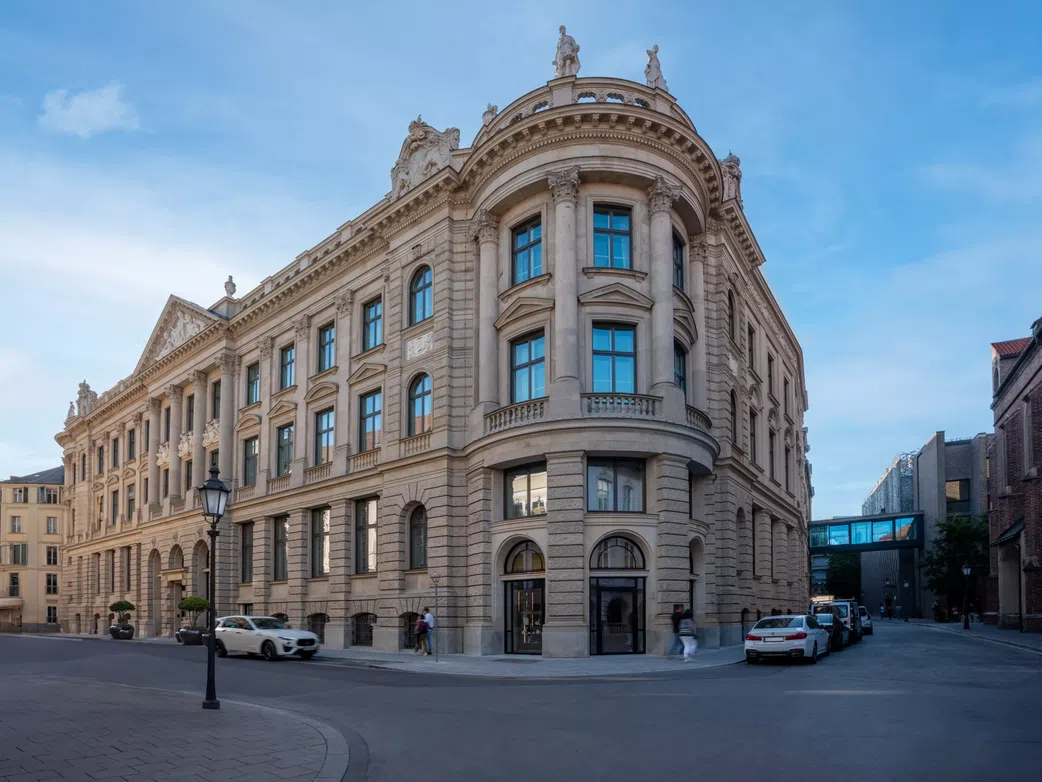
Rosewood Munich – Munich, Germany via rosewoodhotels.com
Located in Munich’s cultural heart, Rosewood Munich blends German heritage with modern refinement. The limestone and timber facade reflects local tradition, while interiors display exposed beams, antique furnishings, and curated art collections.
Guest rooms highlight Bavarian craftsmanship, from woodworking details to textiles. Dining venues range from intimate wine cellars to grand vaulted halls, celebrating both regional and international gastronomy.
ALSO READ: Top 6 Most Beautiful University Campuses in the World: 2025 Rankings
4. Al Moudira – Luxor, Egypt
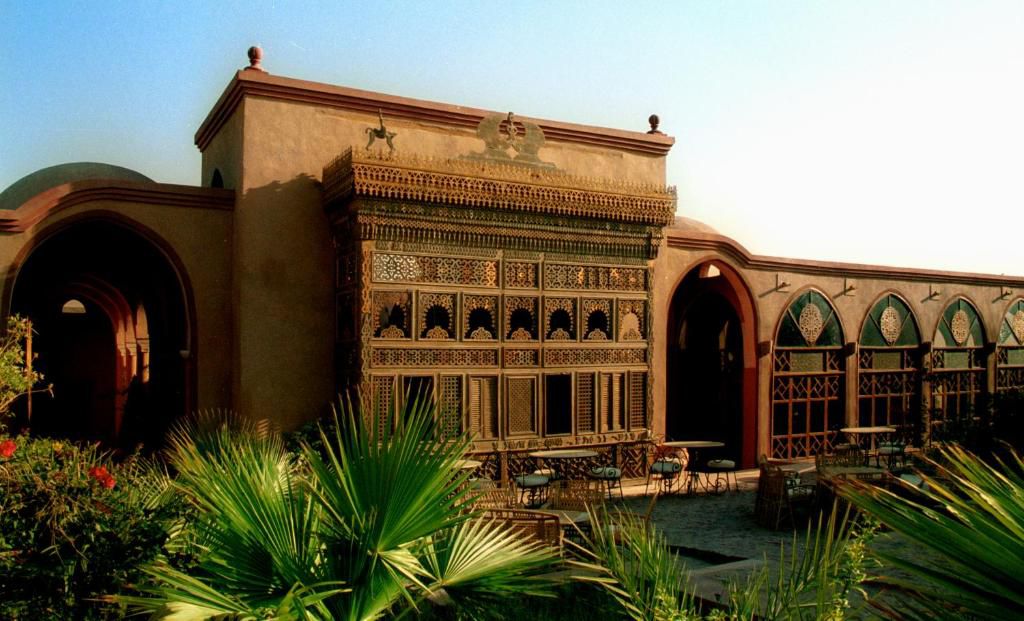
Al Moudira – Luxor, Egypt via booking.com
Al Moudira evokes the grandeur of ancient Egypt with domed roofs, mashrabiya screens, and sandstone exteriors. Courtyards filled with fountains and tropical plants offer serene retreats in the desert landscape.
Guest rooms include hand-painted ceilings and traditional furnishings, each designed as a sanctuary of cultural heritage. Dining terraces overlook the Valley of the Kings, merging history and luxury.
5. Hôtel du Couvent – Nice, France
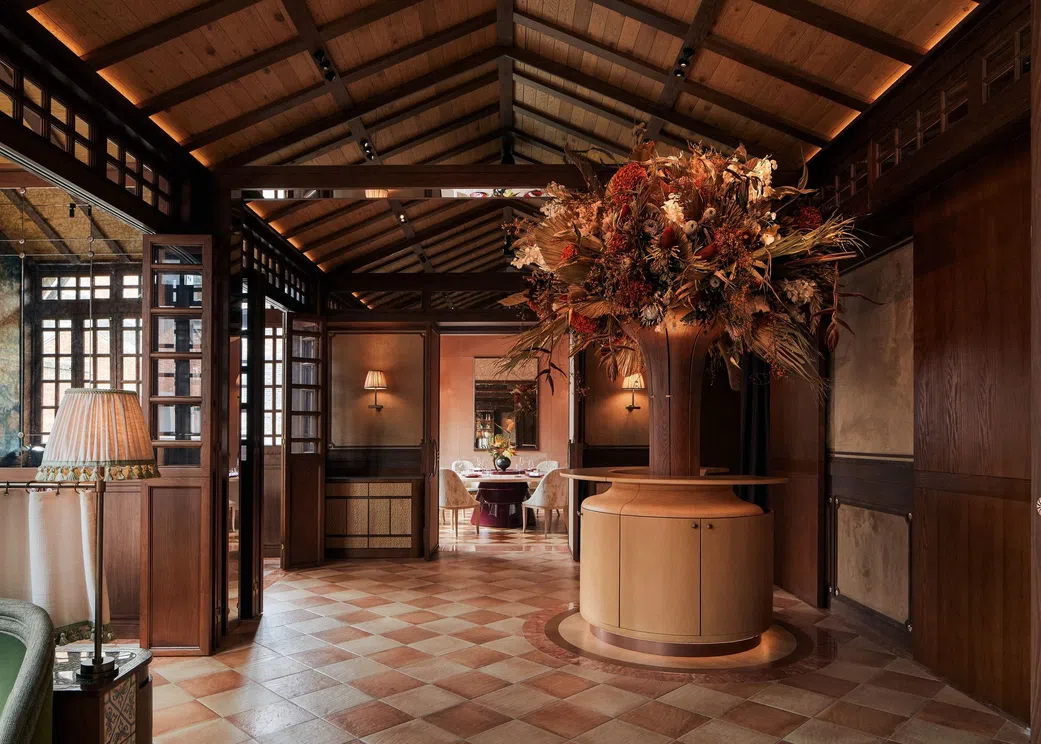
Hôtel du Couvent – Nice, France via pendulummag.com
Once a 17th-century convent, Hôtel du Couvent beautifully balances preservation and modernity. Vaulted ceilings, frescoes, and stone arches honour the building’s history, while discreet luxury upgrades meet modern needs.
The former chapel serves as a reception hall, while the refectory has been transformed into a stylish restaurant. Guest rooms preserve monastic charm with exposed stonework and original features.
6. Hôtel Hana – Paris, France
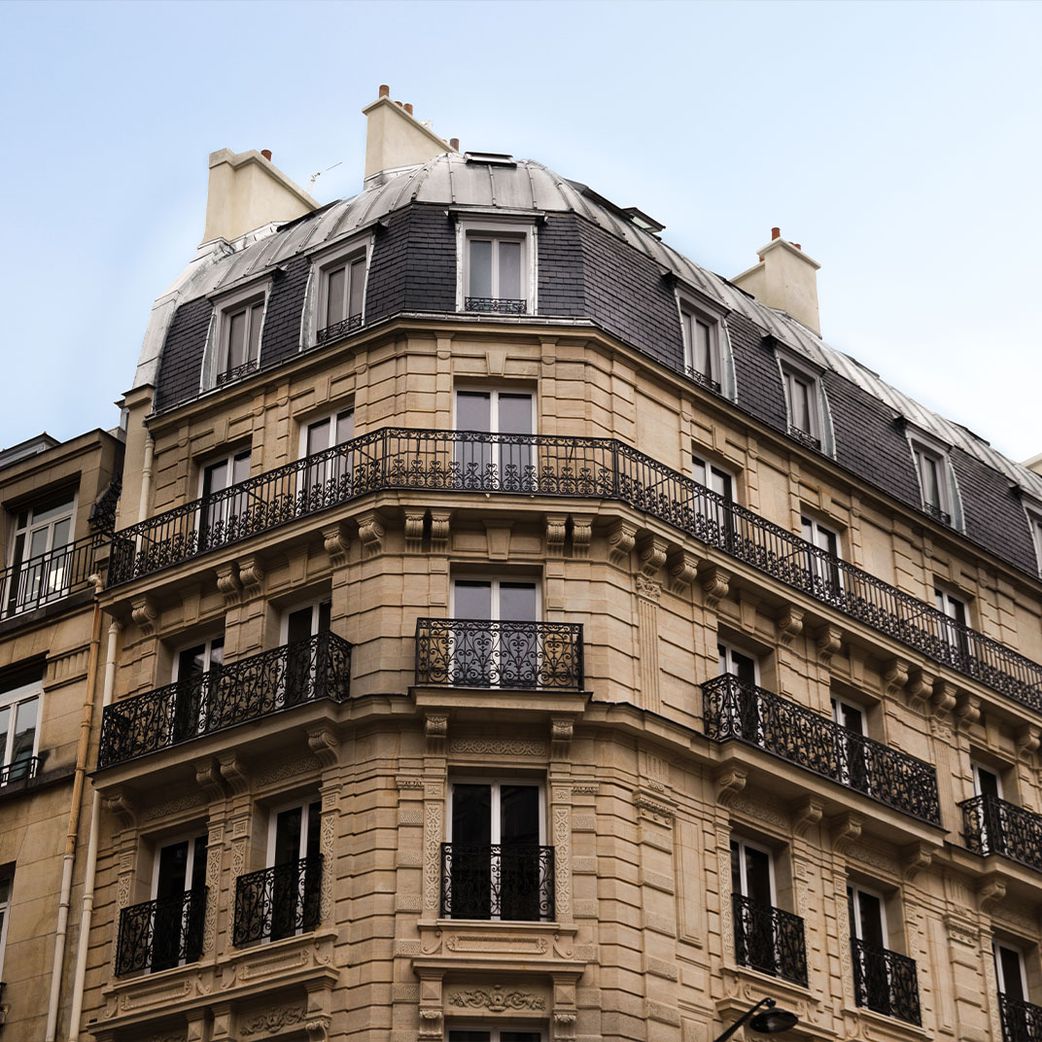
Hôtel Hana – Paris, France via guide.michelin.com
This boutique property exemplifies understated French elegance. Its facade retains Parisian charm, enhanced with subtle contemporary touches. Interiors are minimalist yet refined, with parquet floors, antique details, and curated artwork.
Guest rooms maximise natural light and pair soft textures with sophisticated neutrals. Dining and bar areas blend bistro traditions with modern design for authentic yet current Parisian experiences.
7. Mandarin Oriental Mayfair – London, Great Britain
Mandarin Oriental Mayfair – London, Great Britain via press.mandarinoriental.com
Situated in prestigious Mayfair, this hotel unites Georgian and Victorian architecture with Asian influences. Interiors feature British proportions adorned with Asian artwork, silk wallpapers, and lacquered furniture.
Guest rooms fuse British opulence with Asian touches, while dining areas balance British culinary traditions with Asian-inspired aesthetics.
ALSO READ: Top 10 Best Countries in the World to Visit: 2025 Rankings
8. Ran Baas The Palace – Patiala, India
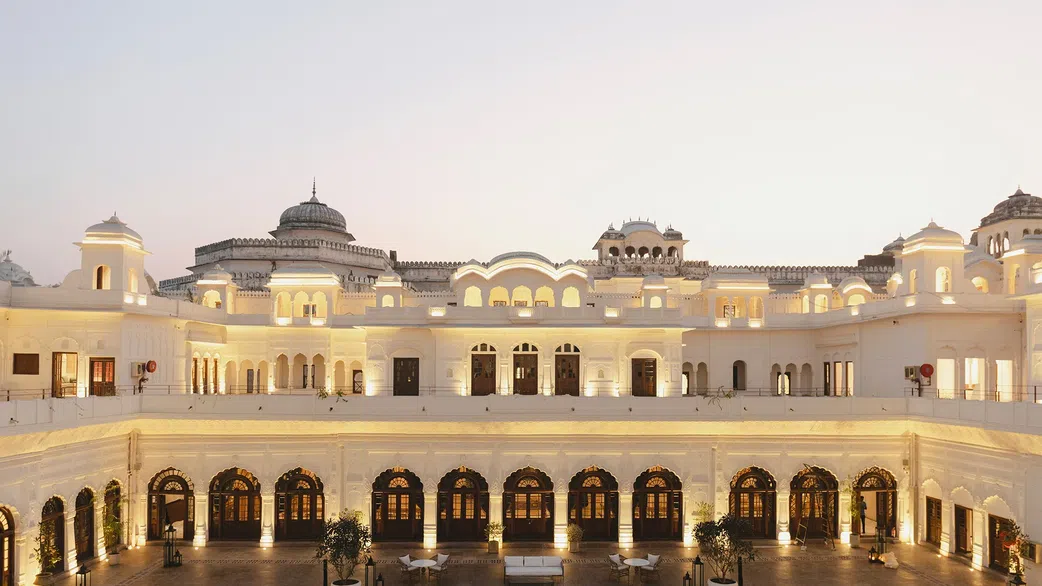
Ran Baas The Palace – Patiala, India. Photo credit: Rahul Kizhakke Veettil
Ran Baas The Palace preserves the grandeur of royal Indian palaces, with sandstone facades, arches, and ornate carvings. Interiors feature mirror work, traditional textiles, and antique décor crafted by artisans.
Suites resemble regal residences with carved ceilings and authentic furnishings. Courtyards and banquet halls host dining experiences that celebrate India’s culinary and cultural richness.
9. Palazzo Talìa – Rome, Italy
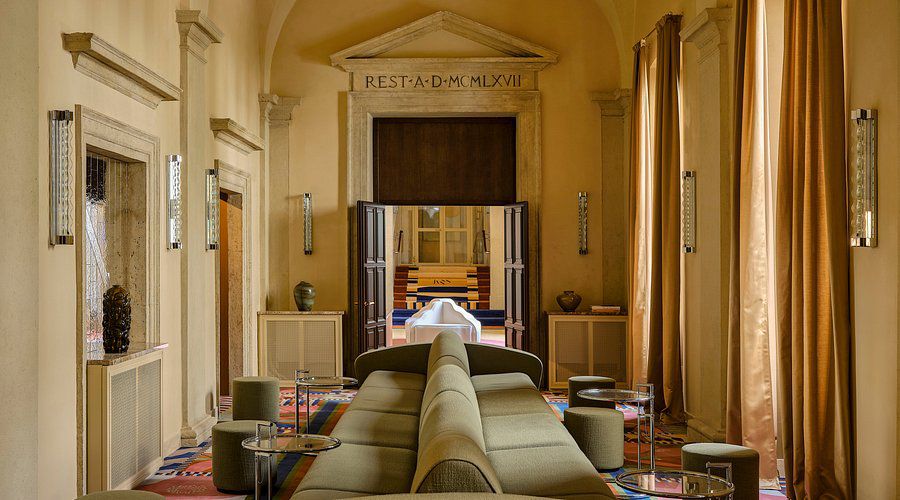
Palazzo Talìa – Rome, Italy via tripadvisor.ie
A Renaissance-era palazzo turned luxury hotel, Palazzo Talìa showcases frescoes, marble floors, and classical architecture. Guest rooms balance historical authenticity with modern Italian design.
Dining spaces blend Roman culinary tradition with contemporary sophistication, ranging from grand halls to intimate wine cellars.
10. Romeo Roma – Rome, Italy
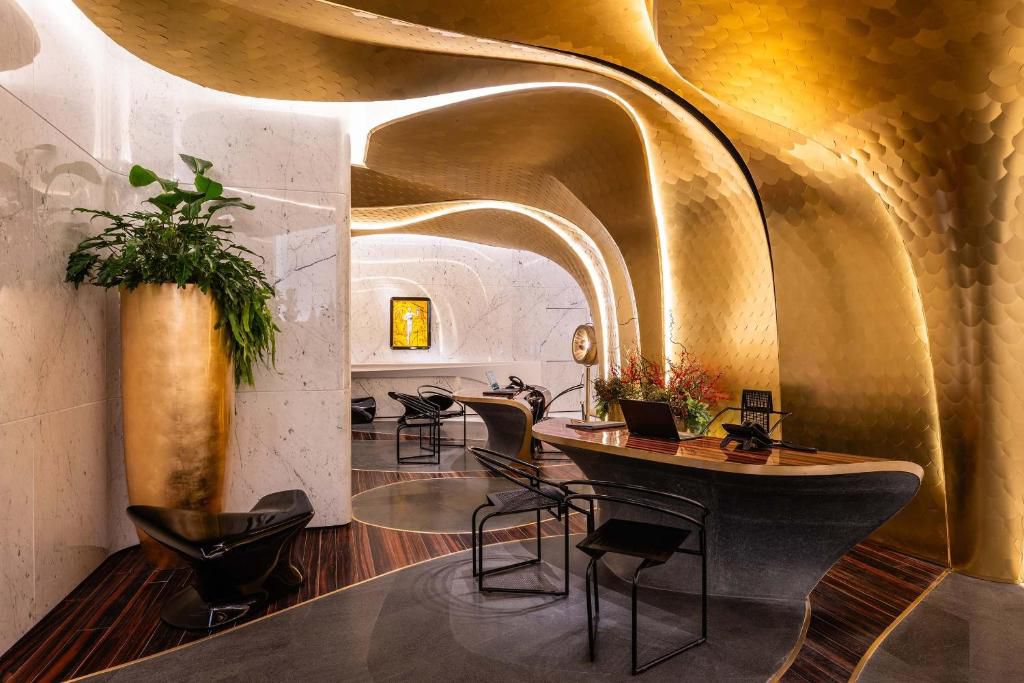
Romeo Roma – Rome, Italy via booking.com
Romeo Roma offers a bold, modern take on Roman hospitality. Travertine and brick exteriors respect tradition, while interiors embrace modern luxury with refined neutrals and natural materials.
Dining and social spaces celebrate Rome’s evolving cultural identity, providing sophisticated environments for both travellers and locals.
The Future of Luxury Hospitality
The Prix Versailles 2025 winners reveal several defining trends in hospitality design. Cultural authenticity remains central, with properties embracing local traditions while meeting international standards of luxury. Historical preservation is increasingly paired with modern innovation, ensuring heritage buildings remain relevant in today’s market.
Sustainability also plays a growing role, with hotels adopting energy-efficient systems, eco-friendly materials, and traditional construction techniques that minimise environmental impact. Artisanal craftsmanship has re-emerged as a valued feature, celebrating human creativity in an increasingly digital age.
These ten hotels are more than architectural showpieces. They are cultural ambassadors that tell the stories of their regions while redefining beauty in global hospitality. Through their combination of design excellence, cultural depth, and environmental awareness, they set a benchmark for the future of the world’s most beautiful hotels.





